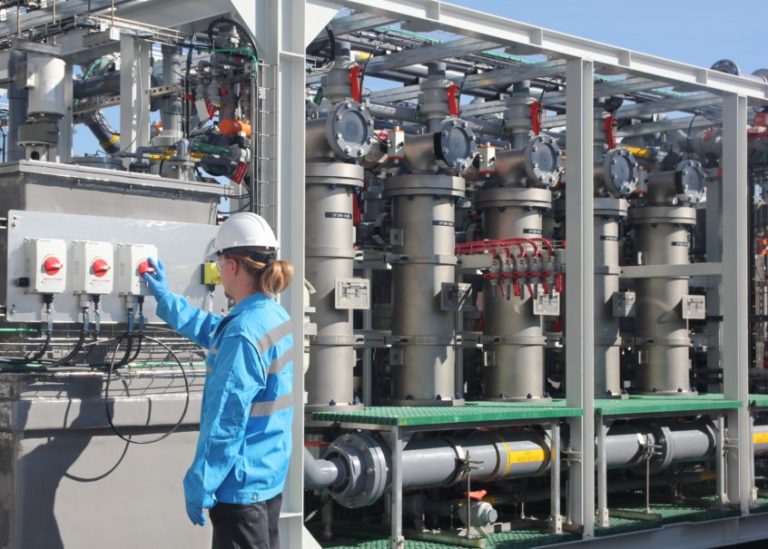
XtremeUF Ceramic Ultrafiltration
XtremeUF ceramic ultrafiltration removes oils, grease, precipitated by-products, particulate, microbes, and suspended solids.
Saltworks » Applications » Semiconductors and Electronics
High-purity water for washing and etching processes is essential to the production of semiconductor devices. The wastewater produced often contains organic solvents and inorganic contaminants. Saltworks can help with these challenges, including:
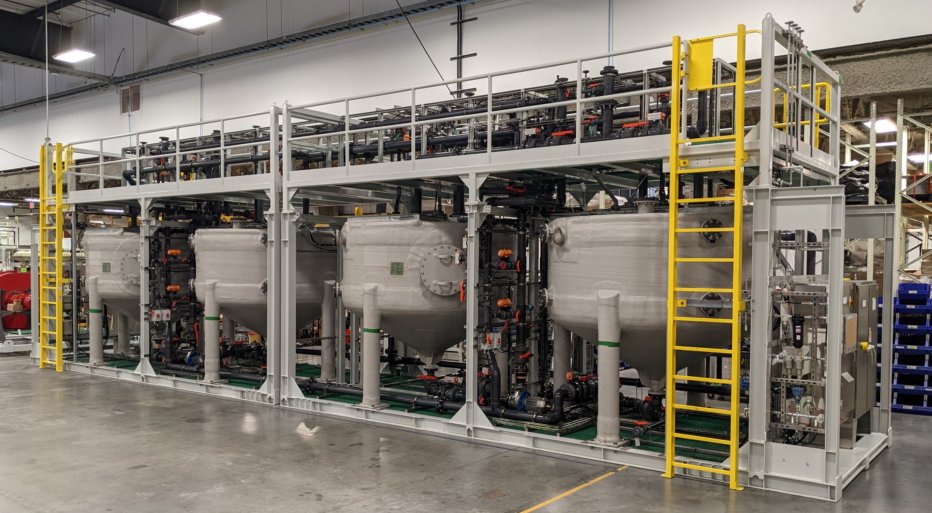
The silicon microelectronics industry uses hydrofluoric acid (HF) etching, producing fluoride-rich wastewater. Chemical precipitation and coagulation are used to treat fluoride.
Saltworks’ BrineRefine automates chemical reactions to improve operations while reducing footprint. BrineRefine uses intelligent automation—with optional ion-specific sensors—to dose chemicals precisely. Variability on the inlet flow is accepted, which reduces costs of chemical and sludge disposal.
XtremeUF, our robust ceramic ultrafiltration system, removes precipitate and other particulate, producing a high-quality filtrate in a small footprint. Clarifiers can also be partnered with BrineRefine.
Heavy metals such as arsenic, nickel, and cobalt can also be removed with our BrineRefine solution. Production of amorphous solids from these processes requires a high rate of slurry thickening and pressing to ensure sound water recovery and economics.
BrineRefine’s built-in XtremeUF system can concentrate slurries to the extreme, reducing the load on filter presses and operators, thereby reducing costs. 100% water recovery can be achieved, with the only waste being a minimized solid filter cake.
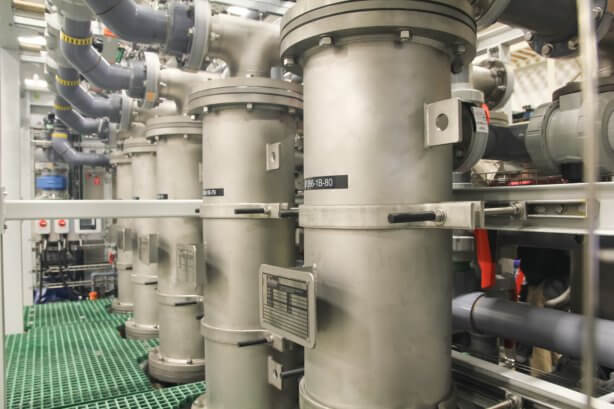
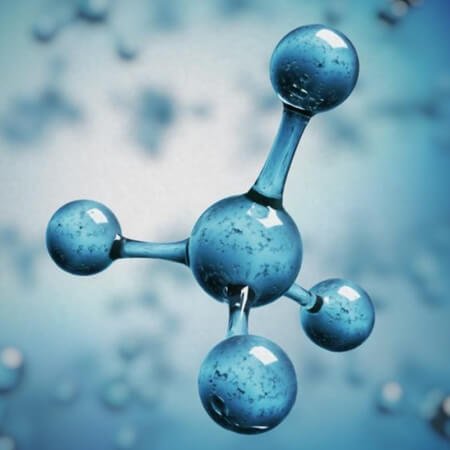
Biological treatment and/or stripper scrubbers are widely used in ammonia wastewater treatment. Biological treatment can produce harmless nitrogen gas, while stripper scrubbers manufacture a rich ammonium sulfate solution, which can be blended into fertilizer.
Ammonia presents unique challenges with many pathways to its removal. Treatment choices are largely determined by the economics of ammonia handling post-removal (destruction, reuse, transport).
Saltworks can facilitate or optimize treatments by:
Saltworks’ brine management solutions produce clean water from reverse osmosis brines, ion exchange regeneration wastes, and other concentrated saline waters. Our experts help you to understand your brine minimization options and the costs involved in taking each incremental step.
For membrane systems, we can maximize recovery from various microelectronics brines and wastewaters with our ScaleSense real-time ion-specific sensors, or our XtremeRO brine concentrator.
After membrane system recovery has been optimized, our thermal desalination solutions from the SaltMaker family of modular, fully packaged industrial evaporator-crystallizers can help you achieve minimal (MLD) or zero liquid discharge (ZLD). Waste heat-driven options are available.
Contact us to learn more about our solutions for microelectronics wastewaters.


XtremeUF ceramic ultrafiltration removes oils, grease, precipitated by-products, particulate, microbes, and suspended solids.
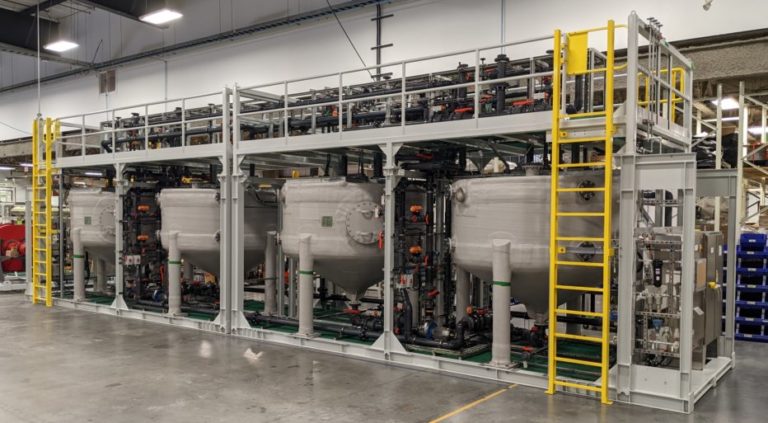
BrineRefine is a continuous stirred tank reactor (CSTR) that executes diverse chemical reactions efficiently and with precision.
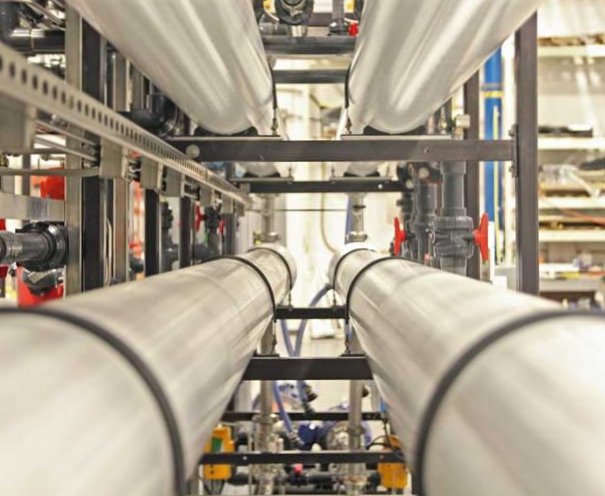
Our XtremeRO and OARO provide industry-leading recovery and reliablity. Concentrate brine, reduce discharge volumes, recover freshwater and more.
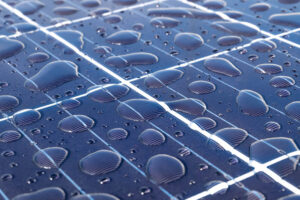
Solar PVs manufacturing facilities produce industrial wastewater streams with complex chemistries, which must be managed for reuse, discharge, or disposal. Constituents of concern include fluoride, organics, metals, suspended solids, acids, alkalis, and others.
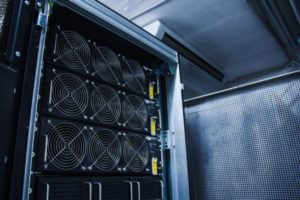
Saltworks delivers reliable solutions for data center cooling that maximize uptime and energy efficiency while helping meet water sustainability goals. Our modular, low footprint systems can optimize cooling cycles, reduce scaling, and minimize wastewater disposal volumes.
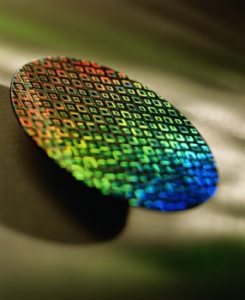
New modular, intelligent, and automated chemical precipitation with a ceramic membrane filtration system eliminates the challenges of chemical overdosing and large footprint requirements.

The many options for managing brine, a term for saline wastewater from industrial processes, fall under two categories: brine treatment and brine disposal. Brine treatment involves desalinating the brine for reuse and producing a concentrated brine (lower liquid waste volume), or residual solids (zero liquid discharge).